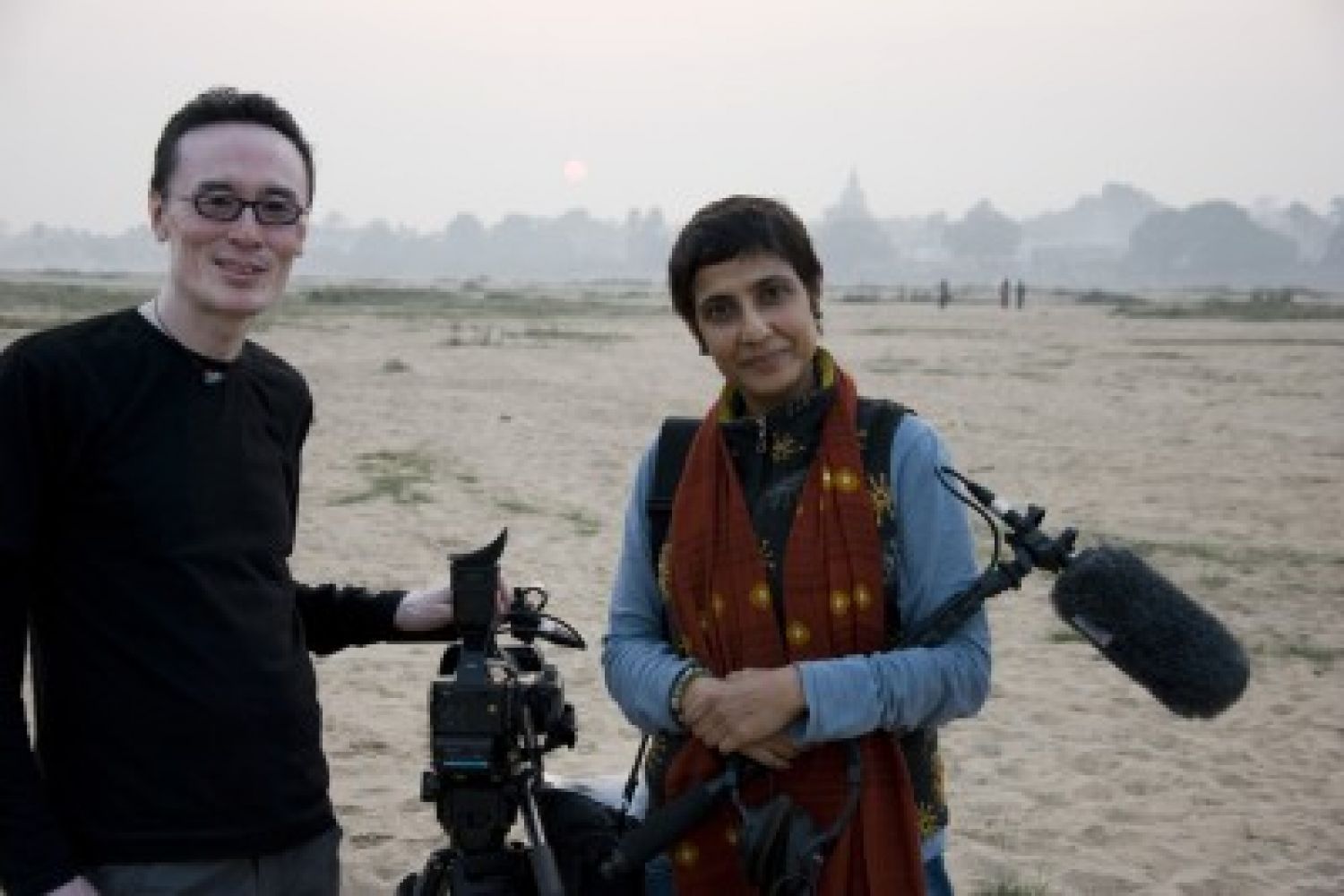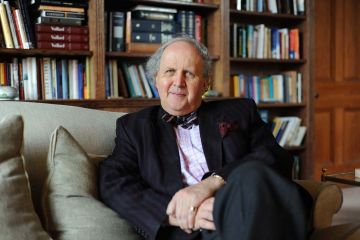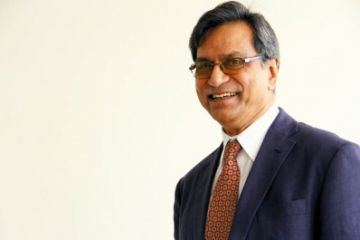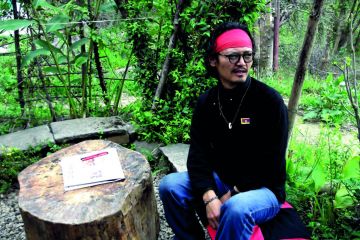
It’s a story oft-told
but which carefully circumvents clichés to make a short, sweet film.
Thirty-year-old Hari is a gregarious taxi-driver in Dharamshala who is engaged
to a girl he’s never met. Six months before his wedding, he manages to obtain
her mobile number and the two have covert conversations (“Hello…Namaste…Good
morning…I love you…Same to you!”) while Hari’s family scrapes together
resources to conduct his wedding. Told in a documentary format, When
Hari





